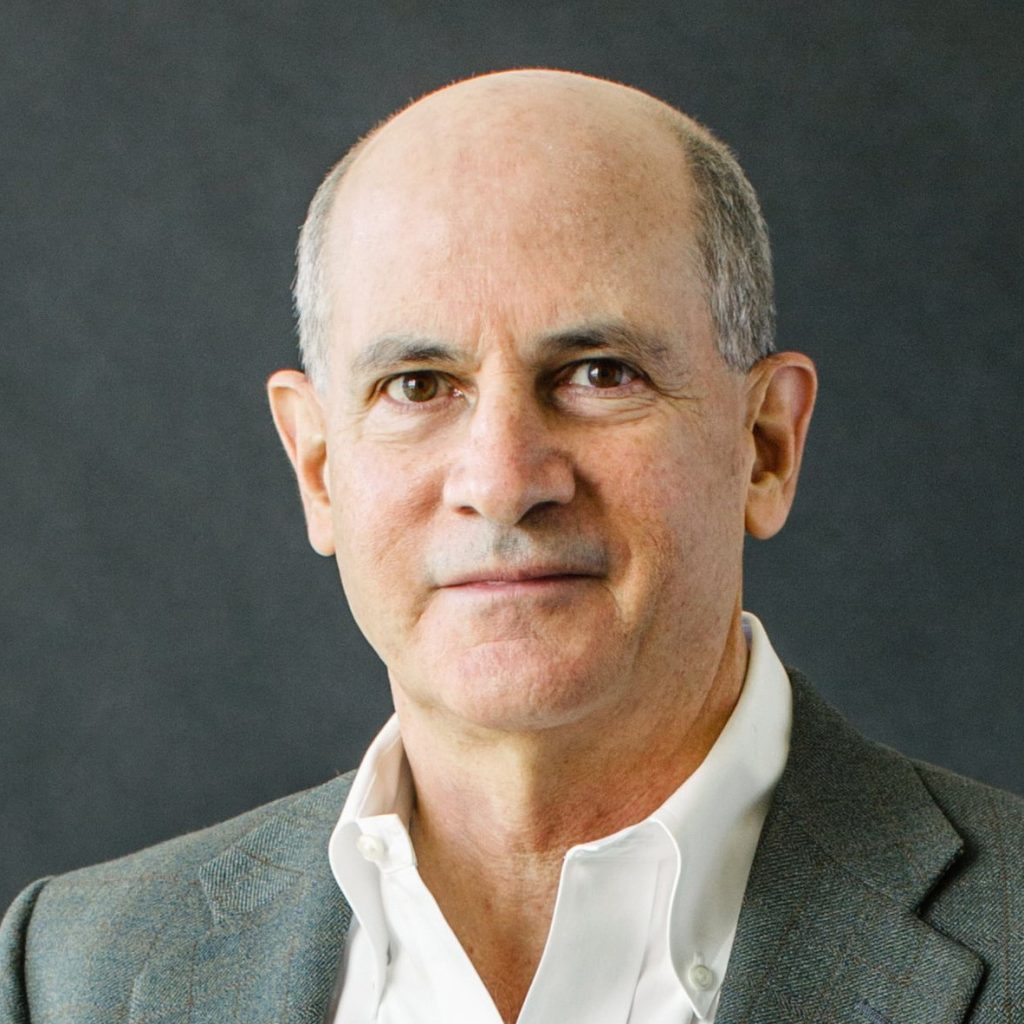Stem cells exist in most tissues in the body, where they are responsible for replacing cells in those tissues as they are lost or shed. In addition to being the source of new cells for various tissues, stem cells need to survive and replace themselves over the lifespan of an individual. Therefore, they must possess two distinct characteristics: resilience, so they can persist, as a population, for years or decades, depending on the species; and regenerative potential, so they can make new tissue either continuously or in response to injury. These two characteristics represent a classic trade-off that determines the success of species during natural selection over evolutionary time—namely, the trade-off between survival and reproduction.
During times of resource deprivation, such as a drought, species adapt and shift their physiology to survival, limiting reproduction. During times of plenty, they instead engage in reproduction, which of course is essential for the propagation of the species. Interestingly, many populations of stem cells exhibit a similar potential to shift their physiology—for long-term survival, they exist in a dormant, highly resilient state called “quiescence,” but when there is a need to proliferate, they exit the quiescent state and begin reproducing to generate more cells of the tissue.
The focus of the Stem Cell Quiescence project is to explore the hidden secrets of this quiescent state—how it adapts, how it changes over time, and how cellular decisions are made to either maintain quiescence or break quiescence and divide. The researchers will investigate how quiescent stem cells respond to resource deprivation and study how the stem cells shift their physiology toward increased resilience. Then they will compare those changes to understand how the stem cells, specifically muscle stem cells (MuSCs), shift their physiology to be more primed for regeneration.
In a second line of study, the researchers aim to map their findings of the molecular changes onto the spatial organization of the tissue. Using novel technologies, they will identify rare stem cells in the tissue and learn how they change in response to their local environment as an organism is subjected to nutrient stress through fasting. Finally, they will use CRISPR technology to identify key and unique pathways that sustain or enhance stem cell quiescence by testing for the impact of genetic changes across the whole genome. These innovative studies are based upon a novel technique, “Death-seq,” which was developed by the investigators to perform unbiased screens in cells that are not dividing and in response to stimuli that are designed to challenge the resilience of cells. These studies will provide an unprecedented level of detail regarding the molecular regulation of stem cell quiescence and will provide molecular insights into a cellular model of the evolutionary trade-off between survival and reproduction, a trade-off that is at the very core of the evolution of species.
The Stem Cell Quiescence: A Microcosm of Evolutionary Survival Mechanisms project is being led by Thomas A. Rando at the University of California, Los Angeles (UCLA).



